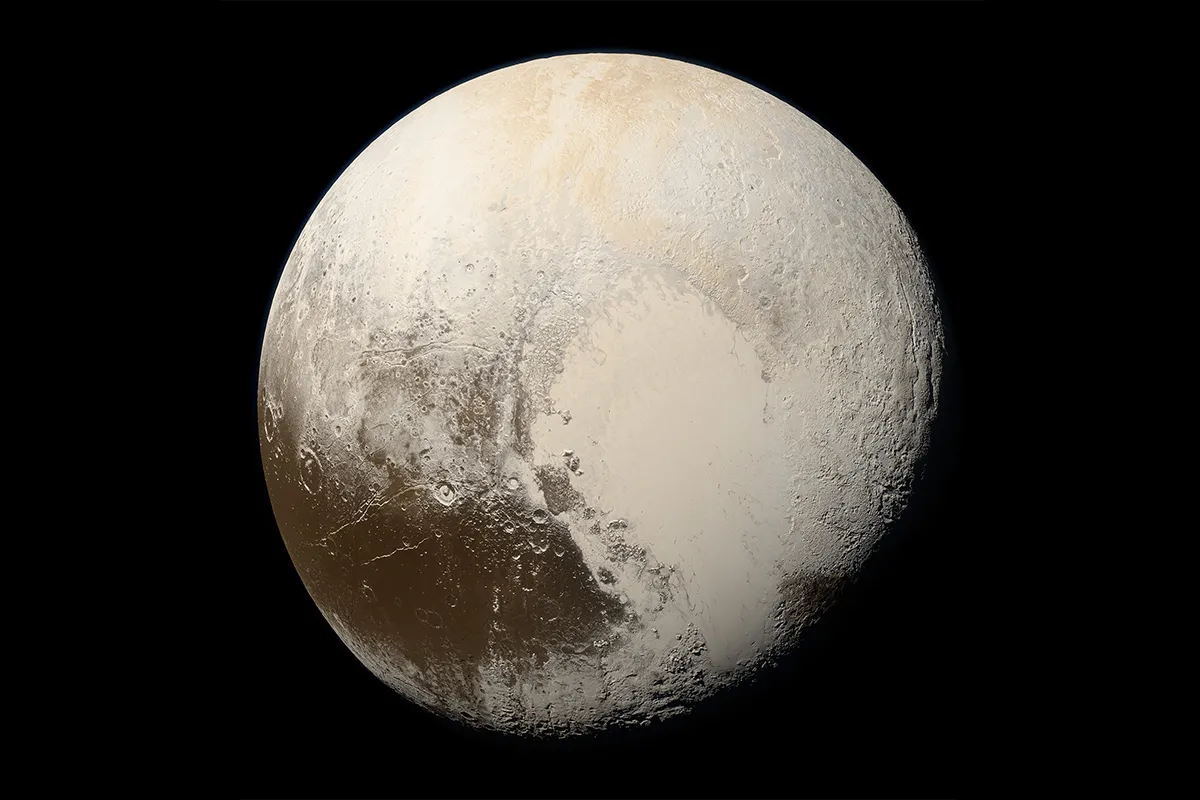Our Solar System consists of 8 planets, including our very own Earth, but which is the farthest from Earth?
The farthest planet is the ice giant Neptune which, at closest approach (when Earth and Neptune are aligned on the same side of the Sun), is a whopping 4.3 billion kilometres away.
But what about Pluto? Isn't Pluto the farthest planet from Earth?

Some of you may remember a time not that long ago when descriptions of our Solar System referred to 9 planets, with tiny Pluto being the farthest from earth.
This is the case at least for much of the time, since Pluto's orbit crosses with that of Neptune and for 20 years out of Pluto’s 248-year orbit, Neptune actually resides further out even than Pluto!
However, in 2006 Pluto was reclassified as a dwarf planet.

Nothing had changed about Pluto, merely our definition of a planet had been rewritten and now Pluto only satisfied two out of three criteria required: it is spherical in shape and is in orbit around the Sun.
However, it did not meet the third criteria which required that it must have ‘cleared its neighbourhood’.
Since a multitude of Kuiper Belt Objects similar in size to, and in the vicinity of, Pluto have been discovered, the definition of a planet could no longer apply.
So, in our Solar System, Neptune is the furthest planet from the Earth, but exoplanets – planets beyond our solar system – are now also known to exist.

With the first confirmed detection in the mid 1990s, thousands of exoplanets have been identified, with the farthest examples found in the central bulge of our Galaxy – around 27,000 light years away!
In 2022, NASA announced that a trawl of archive Kepler space telescope data had revealed K2-2016-BLG-0005Lb, an exoplanet 17,000 from Earth and the farthest planet ever discovered by Kepler.
Data from ever more sophisticated telescopes suggests exoplanets are common and thus likely present at even further distances – perhaps beyond our Galaxy and to the very edge of our Universe.
